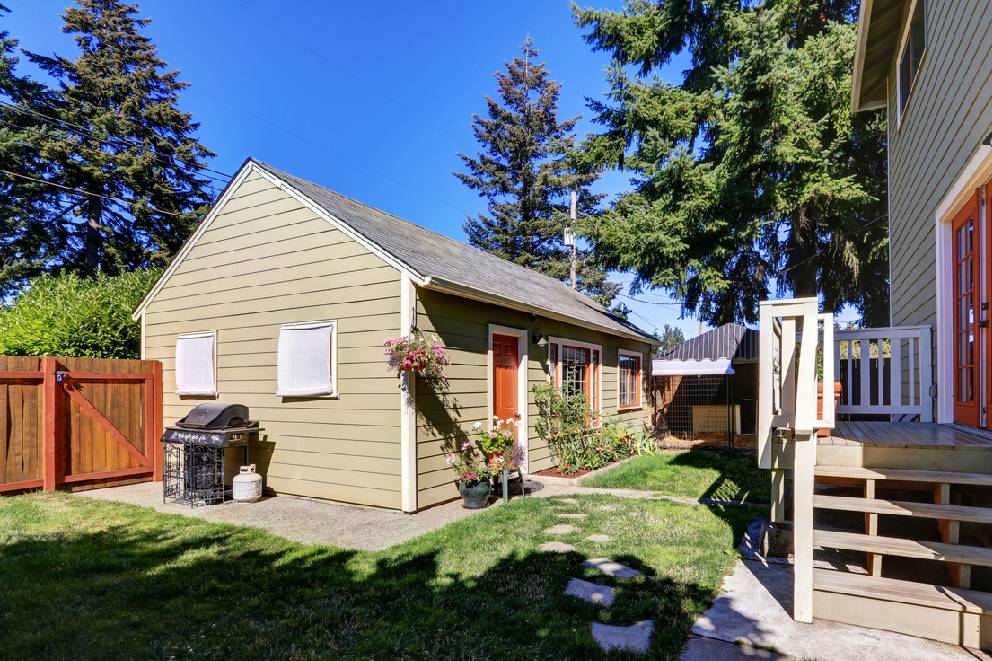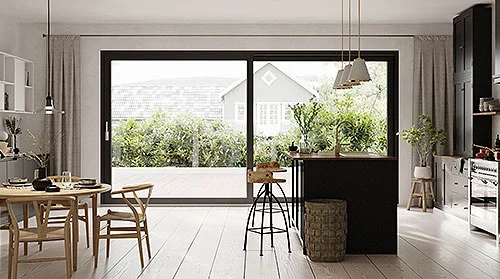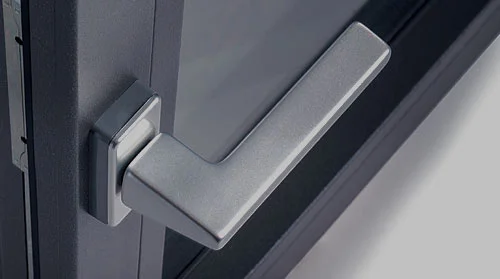Looking to maximize your property’s potential? Accessory Dwelling Units (ADUs)—also known as in-law suites, granny flats, or backyard cottages—are becoming a popular option, especially in states like California and Vermont. These self-contained living spaces offer versatility, whether for extra rental income, housing family members, or creating a home office.
If you’re considering an ADU, you might wonder if it’s worth the investment, what the regulations are, and how to get started. In this guide we are answering the most common questions.
Common Types of ADUs: What Are Your Options?
When adding an ADU to your property, you generally have three main options:
- These make use of existing space, like an unfinished basement or attic, which can be transformed into a comfortable living area. Since they utilize what’s already there, internal ADUs are often more budget-friendly than other types.
- Attached units connect directly to your main house, such as an apartment added off the garage or an extension on the ground floor. While they require more construction than internal ADUs, they can share walls and utilities with the main house, helping to keep costs down
- Detached ADUs are standalone structures—think of granny flats or backyard cottages. Offering the most privacy, they can be built from scratch or created by converting a garage. Detached units generally cost more but provide maximum flexibility in design and use.
Each ADU type requires the essentials: a kitchen, bathroom, and living space. These “mini-homes” need everything for comfortable and independent living.
Benefits of Accessory Dwelling Units: Why They Make Sense
An ADU can be a smart investment for homeowners, offering several appealing benefits. First, there’s the potential for extra income. Renting out an ADU, whether to long-term tenants or through short-term rental platforms, can generate a steady stream of revenue that helps cover mortgage payments or builds up savings. Many homeowners even find that their ADU eventually pays for itself through rental income. Beyond financial gains, ADUs are a practical way to keep family close without sacrificing privacy. Whether it’s a space for aging parents or adult children returning home, an ADU offers everyone independence while keeping loved ones nearby—striking a balance between togetherness and personal space.
ADUs also allow homeowners to make better use of their existing property. Instead of buying a larger home, an ADU adds valuable square footage, enhancing the property’s value without taking up new land—a benefit that’s often welcomed by local communities. Furthermore, ADUs contribute to stronger, more vibrant neighborhoods by providing affordable housing options. They allow young professionals, seniors, and families to stay in the communities they love, fostering diverse, multi-generational environments that benefit everyone.

Navigating ADU Regulations: What You Need to Know
Before diving into your ADU project, it’s important to understand the regulations involved. While many cities are easing restrictions to encourage ADU construction, you’ll still need to review your local rules. Some cities, for example, have occupancy requirements that may mandate you to live on the property, either in the main house or the ADU itself. This regulation helps ensure that properties aren’t used solely as rental units, keeping owners invested in maintaining their spaces. Additionally, there are often size limitations for ADUs, typically capped at around 1,000 square feet, though some areas enforce even stricter limits. Think of your ADU as a secondary, supportive space rather than the main feature of your property.
Parking requirements are another factor. Depending on your location, you may need to provide extra parking spaces for ADU residents. However, if your property is in a transit-friendly area, these requirements might be relaxed to accommodate public transportation use. Appearance also plays a role—many cities require ADUs to match the architectural style and materials of the primary residence to blend in with the neighborhood aesthetic. Keep in mind that these regulations can vary significantly by location; what’s allowed in one city may be restricted in another. Checking with your local planning department early on will help ensure a smoother path to your ADU project.
The Important Role of Windows in Your ADU
Natural light can make even a small ADU feel more spacious and welcoming, while also helping reduce electricity costs during the day. Beyond lighting, windows provide essential ventilation to keep the air fresh and prevent issues like moisture buildup and mold—a vital benefit in compact spaces like ADUs. Aesthetic value matters too; well-placed windows add character and make your ADU more appealing, especially if you plan to rent it out. A room with a view is always a plus!
When choosing windows for your ADU, consider models with Tilt and Turn technology, like OKNOPLAST’s PAVA and PIXEL systems. These windows offer flexible ventilation options and easy cleaning access, making them ideal for small spaces. Additionally, matching the architectural style of the main home is often a requirement for ADUs, and OKNOPLAST offers dozens of colors and textures to complement traditional and modern designs alike. This way, you can achieve a cohesive look for your property without compromising on high thermal performance.
Windows also serve as a bridge to the outdoors, creating a visual connection with nature that makes the space feel more open. From a practical standpoint, most building codes require windows for safety purposes, such as emergency exits, to ensure the unit is safe and livable. Finally, energy-efficient windows help regulate your ADU’s temperature, keeping it cooler in summer and warmer in winter, potentially cutting down on utility bills. In short, don’t overlook windows—they’re essential for creating a comfortable, safe, and inviting ADU that people will enjoy spending time in.
Why Tilt and Turn Windows are Perfect for ADUs?
Tilt and Turn windows offer the kind of smart flexibility that compact spaces need. Their dual-function opening allows for secure ventilation in the tilt position and full access in the turn mode—ideal for easy cleaning or quickly airing out a stuffy room. This is especially useful in ADUs, where maximizing space, airflow, and usability is key. Their sleek design also complements modern interiors without overwhelming small rooms.
Final Thoughts About Benefits of ADUs
Accessory Dwelling Units (ADUs) offer a practical solution for affordable housing, providing homeowners with a valuable source of rental income and a flexible option for multigenerational living. These units are typically less expensive to construct than full-sized homes, as they don’t require additional land or extensive infrastructure, making them an attractive option in high-demand areas like California. ADUs also contribute to property value by adding living space and income potential, while promoting sustainable urban development by maximizing existing land use. Regulatory support has increased, with states like California leading efforts to streamline approval processes and reduce barriers, though challenges remain. Zoning restrictions and community concerns about neighborhood character can complicate ADU development, requiring homeowners to navigate local regulations carefully.
Continue Reading
Products.







